The Chernobyl zone today is a unique area, most of which is covered by dense vegetation and is inhabited by hundreds of animal species, including those listed in the Red Book. According to a new study published in the journal Current Biology, led by environmental scientist Jim Smith at Britain's University of Portsmouth, the nature reserve zone extending north from the Chernobyl power plant into Belarus, found that elk, deer, wild boar and wolves are now abundant in the Polesie reserve that was established after the 1986 disaster.
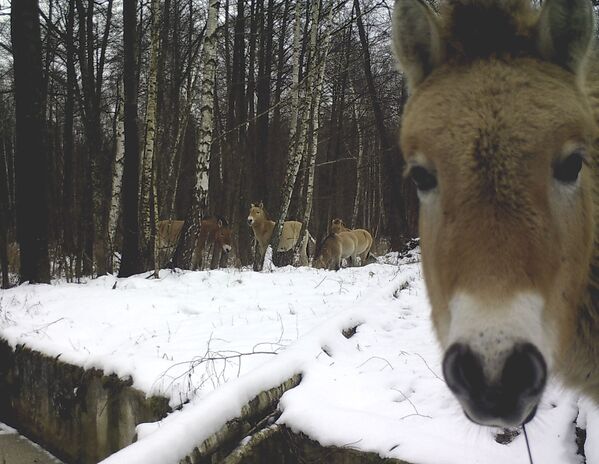
1/12
© AP Photo / Sergiy Gaschak
Wild horses roam close to Chernobyl, where more than 30 years after a nuclear reactor caught fire and spewed a lethal cloud of radiation, some species of mammals are found to be thriving without the effects of human contact in the area.
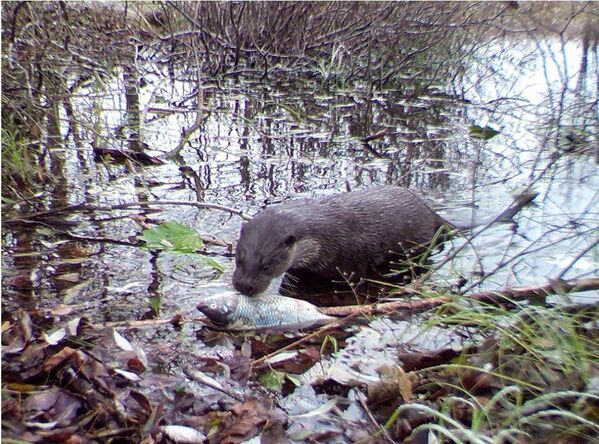
2/12
© Photo : University of Georgia/Peter E.Schlichting at all.
A river otter eats fish in the Chernobyl exclusion zone, where more than 30 years after a nuclear reactor caught fire and spewed a lethal cloud of radiation, some species of mammals are found to be thriving without the effects of human contact in the area.
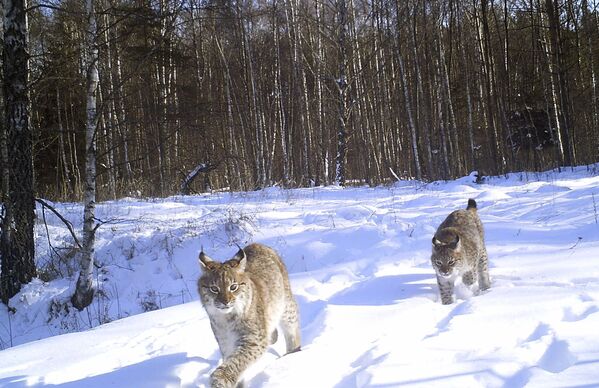
3/12
© AP Photo / Sergiy Gaschak
Lynxes roam near Chernobyl, where more than 30 years after a nuclear reactor caught fire and spewed a lethal cloud of radiation, some species of mammals are found to be thriving without the effects of human contact in the area.

4/12
© Photo : University of Georgia/Peter E.Schlichting at all.
A wolf roams near Chernobyl, where more than 30 years after a nuclear reactor caught fire and spewed a lethal cloud of radiation, some species of mammals are found to be thriving without the effects of human contact in the area.
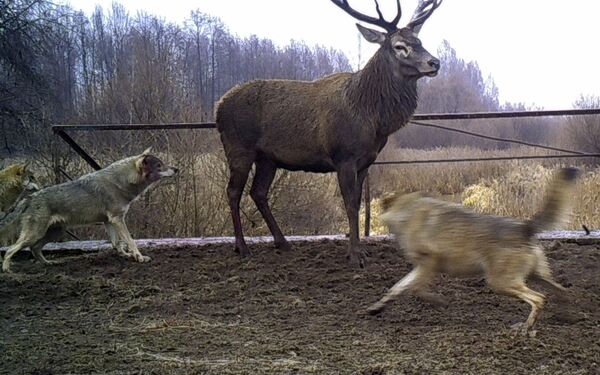
5/12
© AP Photo / Sergiy Gaschak
Wolves attack a deer close Chernobyl, where more than 30 years after a nuclear reactor caught fire and spewed a lethal cloud of radiation, some species of mammals are found to be thriving without the effects of human contact in the area.
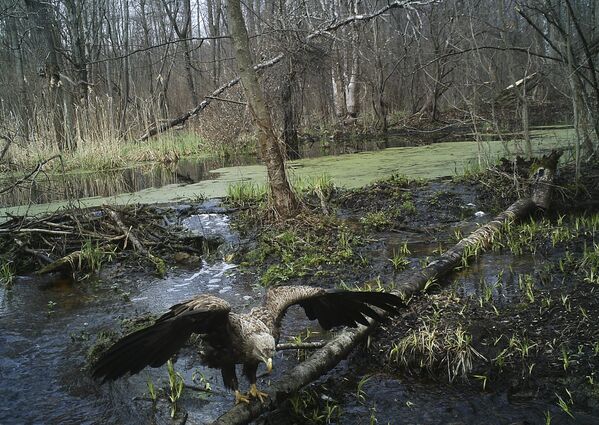
6/12
© AP Photo / Sergiy Gaschak
A bird of prey in a forest in Chernobyl, where more than 30 years after a nuclear reactor caught fire and spewed a lethal cloud of radiation, some species of mammals are found to be thriving without the effects of human contact in the area.
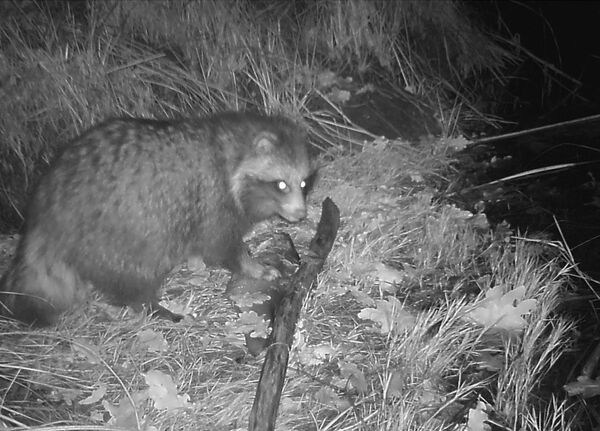
7/12
© Photo : University of Georgia/Peter E.Schlichting at all.
A raccoon spots a camera in Chernobyl, where more than 30 years after a nuclear reactor caught fire and spewed a lethal cloud of radiation, some species of mammals are found to be thriving without the effects of human contact in the area.
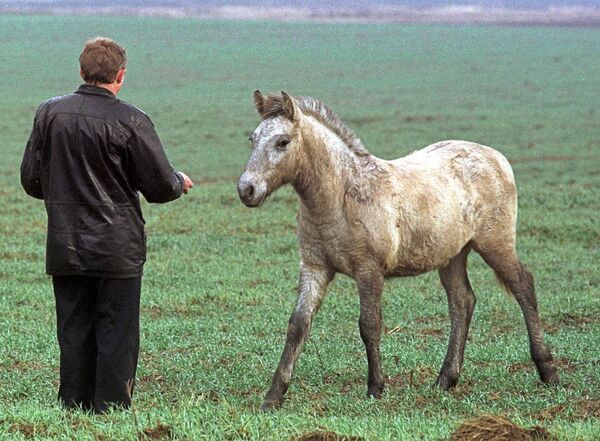
8/12
© AP Photo / Efrem Lukatsky
A worker in the so-called exclusion zone around Ukraine's ill-fated Chernobyl lures a wild horse, Friday, 10 November 2000. Some 20 wild horses were brought to the Chernobyl zone in the late 1990s for scientific purposes to watch radioactive influence upon animals after the 1986 explosion. After years of strong pressure from European governments and international environmentalists, the Chernobyl nuclear power plant, the site of the world's worst nuclear catastrophe, was shut down for good Friday, 15 December 2000.
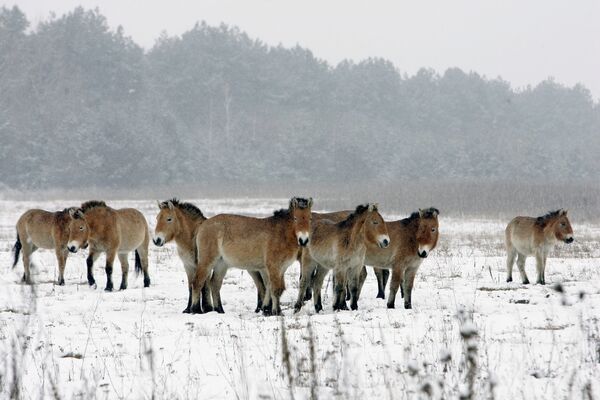
Wild horses graze next to the ghost town of Pripyat near the Chernobyl nuclear power plant 27 February 2006. Chernobyl's number-four reactor, in what was then the Soviet Union and is now Ukraine, exploded 26 April 1986, sending a radioactive cloud across Europe and becoming the world's worst civilian nuclear disaster.
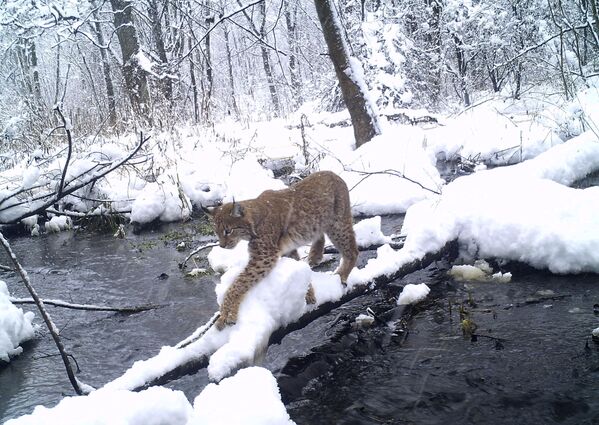
10/12
© AP Photo / Sergiy Gaschak
A lynx roams close to Chernobyl, where more than 30 years after a nuclear reactor caught fire and spewed a lethal cloud of radiation, some species of mammals are found to be thriving without the effects of human contact in the area.
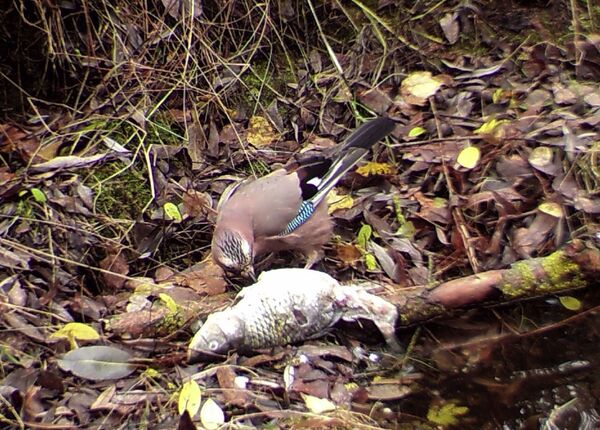
11/12
© Photo : University of Georgia/Peter E.Schlichting at all.
Eurasian jay in Chernobyl, where more than 30 years after a nuclear reactor caught fire and spewed a lethal cloud of radiation, some species of mammals are found to be thriving without the effects of human contact in the area.
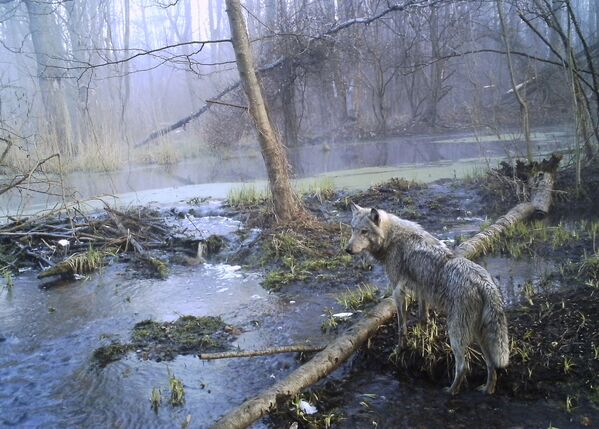
12/12
© AP Photo / Sergiy Gaschak
A wolf walks in a wild forest in Chernobyl, where more than 30 years after a nuclear reactor caught fire and spewed a lethal cloud of radiation, some species of mammals are found to be thriving without the effects of human contact in the area.

